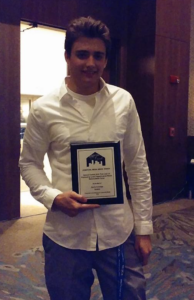Photo: Superiors officers settle, now it’s up to the dispatchers union to sign on the dotted line.
The Belmont Board of Selectmen voted Monday, Aug. 22 approving a three-year deal – from July 2014 to June 2017 – between the eight members of the Belmont Police Superior Officers Union and the town.
The agreement, negotiated by Belmont’s Human Resources Director Jessica Porter, means only the Dispatcher’s Union remain without a current contract among the town’s unions.
The contract’s highlights include:
- An annual two percent cost-of-living-adjustment which is consistent with other town/union contracts.
- While not random testing, the union agreed to drug and alcohol testing “based upon reasonable suspicion.”
- Newly hired/promoted superior officers as of July 1, will see their health insurance contribution rate go up from 20 percent to 25 percent in exchange for a 25 cents an hour increase n hourly pay.
- A “nominal” increase to established stipends will be paid to superior officers serving in special assignments which include as a prosecuting officer, community services officer in command and the department’s two detective positions.

